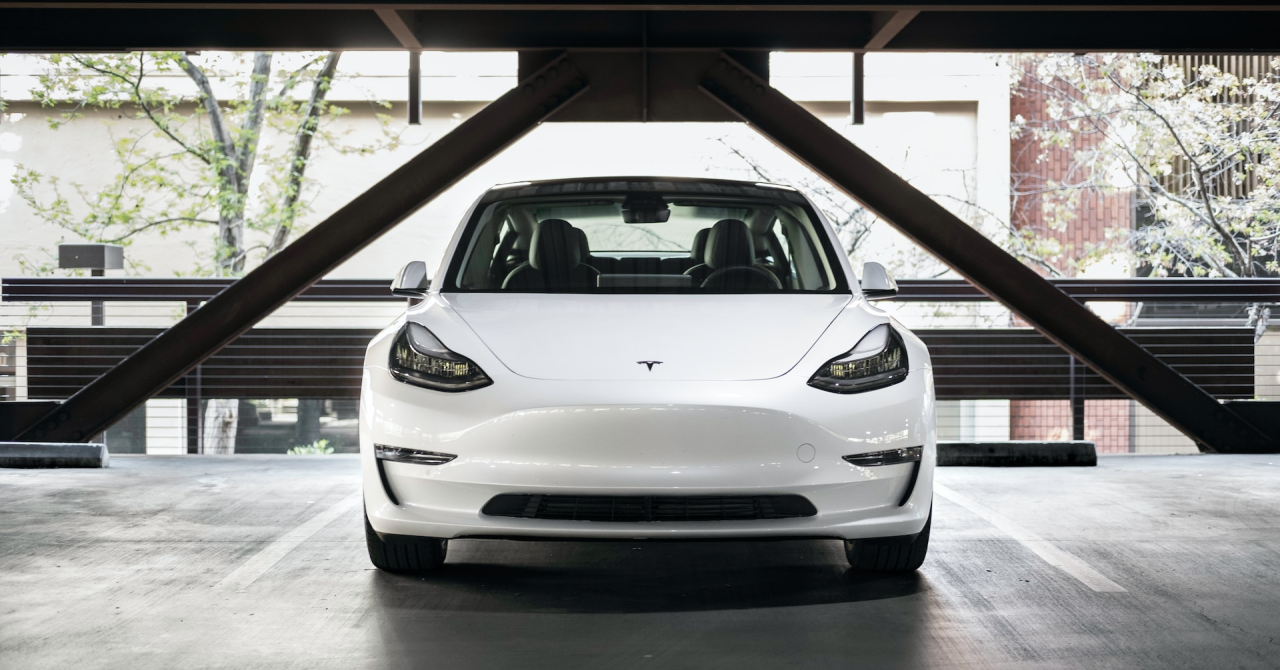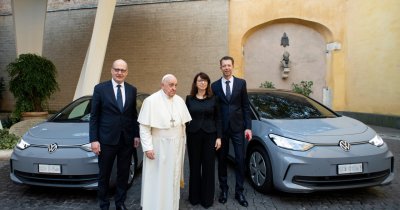As the space of EVs become more crowded, with newer models constantly hitting the market, more drivers also start to adopt them and get behind their wheels. One of the main reasons drivers start switching to EVs is due to the fact that these vehicles have a much lower carbon footprint when on the road.
And the range also increased dramatically, while fast charging technologies and a larger number of charging stations contribute to less range anxiety and more time spent rolling. In 2011, the average range EVs could offer was around 109 kilometers in real life conditions, whereas in 2021, that number climbed to 376 kilometers, much more suitable for longer commutes.
There's also no denying that government subsidies also played and continue to play their role in the adoption of these vehicles.
The world's champions at adopting EVs
If we're looking at the first five countries that lead the pack in adopting greener transport alternative, the latest available data for 2022 shows that Norway leads the way at a staggering 80% share of battery-powered cars. Iceland comes next, at 41%, Sweden at 32%, the Netherlands at 24% and China comes in fifth place with a 22% share for clean-emission vehicles. China's place on the list comes as there have been many affordable EV brands emerging, such as BYD, NIO and Geely.
Just in 2022, China sold around 4.4 million EVs, more than the rest of the planet combined, which sold 3 million.
Also, due to the fact that China wasn't doing very well in the production of combustion-powered cars, with Great Wall being one of the more popular brands, at least in Europe, Chinese carmakers saw EVs as an opportunity to stand out.

Following a decade of subsidies, which made EVs cheaper to buy than fossil, and installing public charging stations, China became one of the world leaders in the adoption of clean vehicles.
But what are the reasons behind Norway's success, the country with the highest EV adoption, at least if 2022 statistics still stand. Apparently, since 2019, when in Norway most EV charging stations were designed for Teslas, the country made big steps with regards to implementing charging solutions for pretty much all other brands that offer battery-powered models.
One of the reasons for this is the country's efforts to promote clean vehicles, which start some three decades ago. Everything played a role, from subsidies, to regulations and most importantly, the infrastructure.
Another reason why EVs are so popular in Norway is because the government was also interested in helping those who charge at home, which in the case of its citizens, we are talking about 82% of battery-car owners.
Also, in 2013, Norway had more EV charging stations per capita compared to any other country in the world and in 2022, there were 2.5 times more public fast chargers per capita than anywhere else.
There are still some issues when it comes to owning an EV, as Norse drivers point out, such as the fact that the decentralized charging station system means that they have to operate multiple applications, with different payment methods and separate maps, which can be very tricky, especially if you're focused on driving your car.
In the EU and the US, the share of newly sold EVs this year is a little lower, at 12% and 6% respectively, although analysts are eyeing an increase.

In 2022, Romania saw around 10.000 EV registrations, with an all-time number of 25.000 and in the first quarter of 2023, the number of EVs and hybrid vehicles grew by 30% when compared to the same period of last year. Thus, they reached a market share of 20%. At the same time, the number of diesel-powered vehicles in the country decreased by 2%, accounting for just 13.3% of the market share.
The top EV models drivers reach out to most
Generally speaking, the most popular EV makers worldwide are China's BYD, with almost 1.2 million vehicles sold this year, followed by Tesla, at around 888.000 cars and BMW with 220.000 units sold. Geely, Volkswagen, General Motors and Mercedes-Benz follow next, with anywhere from 212.000 to 165.000 EV units sent to customers.
Despite being one of the most affordable EVs in the region, the Dacia Spring wasn't as much of a success in Europe, selling around 27.000 units and sitting in the 10th spot.
The Tesla tops the charts in its homeland, as well, with US car owners opting for the same Model Y and 3 more often than not, followed by the Ford Mustang Mach-E, the Chevrolet Bolt and the Kia EV6.
Some of the reasons that sit behind the Tesla Model Y and 3's success can be the amount of space offered, the range and the charging speed of the vehicles, all at a not too outrageous price tag.
Where should we be heading with EV adoption to achieve our climate goals
Automotive experts believe that the world needs to accelerate faster with the adoption of EVs, estimating that the sales of battery-powered vehicles should grow by 75-95% by 2030 so that we can achieve our climate goals. Given the current pace of EV adoption, the targets are still well within reach, analysts claim, as the annual average growth in the sales space for clean vehicles was around 65% for the past five years.
And all it takes for a country is apparently for it to hit a 1% market share for battery-powered vehicles, as some experts suggest that once a country hits 1% EV sales, the adoption accelerates, at a slower or faster pace, but nonetheless it does.
Also, the regions that need to press on faster are Europe, China and the US, as they are responsible for 60% of the world's total vehicles sales.
One of the ways we can encourage the adoption of EVs is by installing more chargers, so that drivers don't feel pressed when taking on a longer journey. In 2023, there are around 14.7 million charging points worldwide and the number is expected to increase to 45 million in 2027, but home chargers are expected to grow faster, with twice as many of these being installed than public chargers.

"EV charging networks must work together with both city authorities and each other to identify how best to plug gaps in charging infrastructure, or EV adoption will continue to be limited", he added.
Romania will benefit in this regard from partnerships and initiatives from major oil brands, such as OMV Petrom and MOL, which are both rushing to add more plugs at gas stations for our drivers.
 Mihai - Cristian Ioniță
Mihai - Cristian Ioniță












Any thoughts?